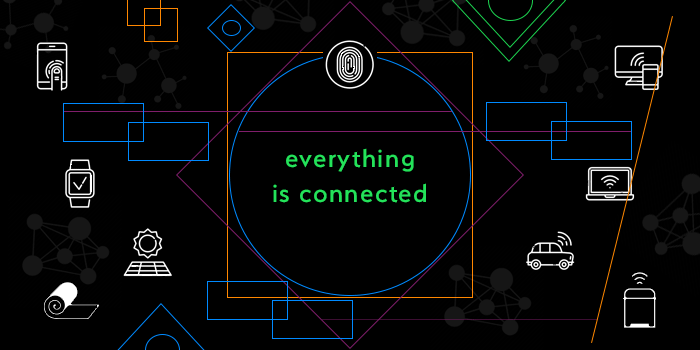The Internet of Things refers to the more than 24 billion physical devices around the world that are connected to the internet, collecting and sharing data.
Thanks to affordable sensors and wireless networks, people can connect anything - including trash cans, yoga mats, and self-driving cars - to the Internet of Things (IoT). This adds a level of digital intelligence to devices that would be otherwise dumb, enabling them to communicate real-time data without needing a human to be involved, effectively merging the digital and physical worlds.
A thing in the Internet of Things can be
- an automobile with built-in sensors that are capable of immediately alerting the driver (or the driver’s parents!) when the car is exceeding the speed limit;
- a farm animal connected via a geopositioning tracker which monitors its movement;
- or a person wearing a smart shirt that records the biometric readings of the wearer.
There is no doubt that IoT will play an important role in the future and that we can expect there to be significant amounts of cash flowing through the market in the coming years. In fact, IoT is so popular, Gartner predicts that by 2020 more than half of major new business processes and systems will incorporate some element of the Internet of Things.
4 Reasons to be excited about the Internet of Things
- Everything will be measured, which is significant because this data can be analysed and used to fuel better decision-making.
- Metrics will be delivered in real time, which means that information can be turned into action at an unprecedented speed.
- Actionable data will be shared, which can bring diverse departments, suppliers, and customers together to make better decisions and perform tasks more efficiently.
- Industries will become interconnected, fuelling innovation. For example, data from smart cars can be used by smart cities to reduce traffic congestion.
This expanding market is certainly not without its challenges. Currently, connecting the Internet of Things is a trade-off between power consumption, range, and bandwidth.
Possibly one of the biggest challenges facing connected businesses today is that as our world becomes more connected, it also becomes more complex. Rapid changes in IoT technology make it difficult for even the most experienced experts to anticipate future standardisations in the field.
Is there a way to future-proof your business?
Without a time travelling DeLorean there is no sure-fire way of knowing what the future will hold, but it is safe to say that IoT alone is not the proverbial silver-bullet that will guarantee the success of your business.
While certainly an important enabler, IoT is a component of the larger ‘machine’ that makes up an efficient business.
To harness the power of IoT data, an organisation needs:
- Properly structured business processes that are agile enough to change quickly.
- A system capable of monitoring the data generated by IoT devices and automatically initiating processes based on an amalgamation of relevant data.
- A system of intelligence which can distil the raw data generated by IoT devices and deliver the refined information to users in a format that supports better decision-making.
In conclusion, the Internet of Things has the power to change our world, but it can’t do it alone. Supporting technologies, such as complex process management platforms, business intelligence platforms, and reliable telecommunication systems are essential.
Recommended Articles:
Process Management is Key to Leveraging the Internet of Things
Digital Transformation Strategy - Is BPM the difference between success and failure?
BPM: Driving Innovation in a Digital World
----^----
Do you want to change your business for the better?
Request a call now, we’d love to help you.



